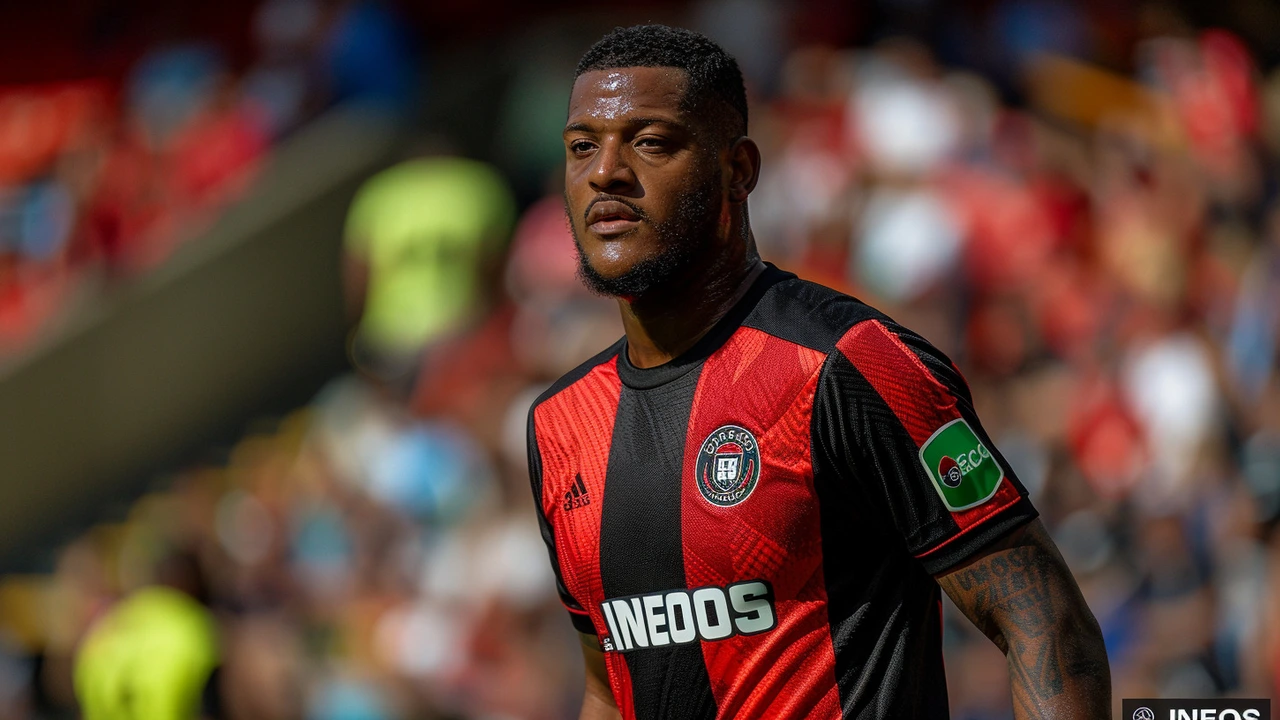Multi-Club Ownership: What It Is and Why It Matters
Multi-club ownership means one owner or group controls two or more football clubs. Think City Football Group (Manchester City, Girona, New York City FC) or Red Bull (Salzburg, Leipzig, New York). Owners build networks to share scouting, coaches, and players. That sounds smart — but it brings real trade-offs for sport and fans.
How the model actually works
Clubs in a group often share scouts and data, so promising players move inside the network rather than through the open market. Young players can be sent to a lower-level sister club for game time, then returned when ready. Coaches, medical staff, and training methods are also shared to create a consistent development pipeline. For owners this reduces transfer risk and speeds up talent growth.
Money flows differently too. Profits or losses at one club can be balanced across the group. That can help a small club get better facilities fast, or it can make a club dependent on the owner’s priorities. Sponsorships and commercial deals are often centralised, increasing the group’s negotiating power.
Benefits, risks and real signs to watch
Benefits are easy to see: better scouting, clearer pathways for young players, and quicker rebuilding after a bad season. Clubs in poorer leagues can gain access to training know-how and stronger financial backing. For African clubs, joining a network can mean more exposure for talent and faster routes into bigger leagues.
Risks are just as real. Conflicts of interest arise when two sister clubs could meet in the same competition. UEFA and national federations have rules, but enforcement is uneven. Player hoarding is another issue: a group might stockpile young talent across clubs and move them purely for profit. Local identity can suffer when a club becomes a cog in a larger machine — fans notice when decisions seem driven by the group, not the community.
Want to judge a group honestly? Watch these signals: are many players moving inside the network instead of outside? Do board members sit on multiple clubs? Is the club relying on loans from sister teams rather than signing locally? Frequent mid-season transfers between sister clubs or coordinated sponsorships are also red flags.
Regulators and fans matter here. UEFA has rules to prevent teams with the same owner playing in the same UEFA competition, and some countries require disclosure of cross-ownership. Still, rules lag behind new deals. Fans and local media watching transfer patterns and governance documents can push for transparency.
If you follow a club in a network, ask simple questions: who makes sporting decisions locally? Which players are on loan from other group teams? Is youth development being invested in or is the club mainly a stepping stone? Those answers reveal whether multi-club ownership is a genuine growth plan or a short-term business play.
Multi-club ownership is here to stay. It can open useful routes for talent and stabilize small clubs — but it also needs clear rules and informed fans to keep the game fair and local identities alive.
